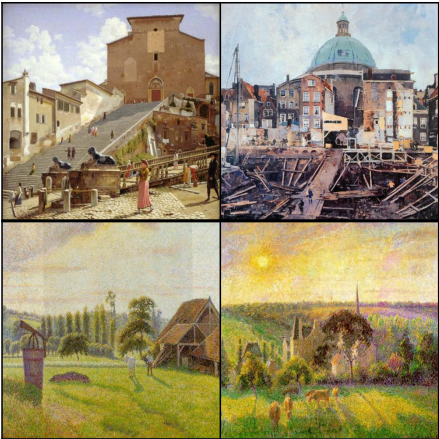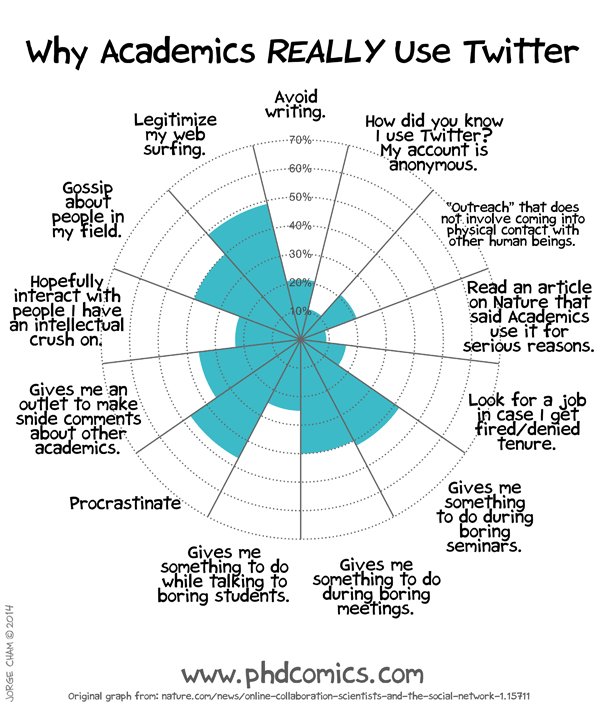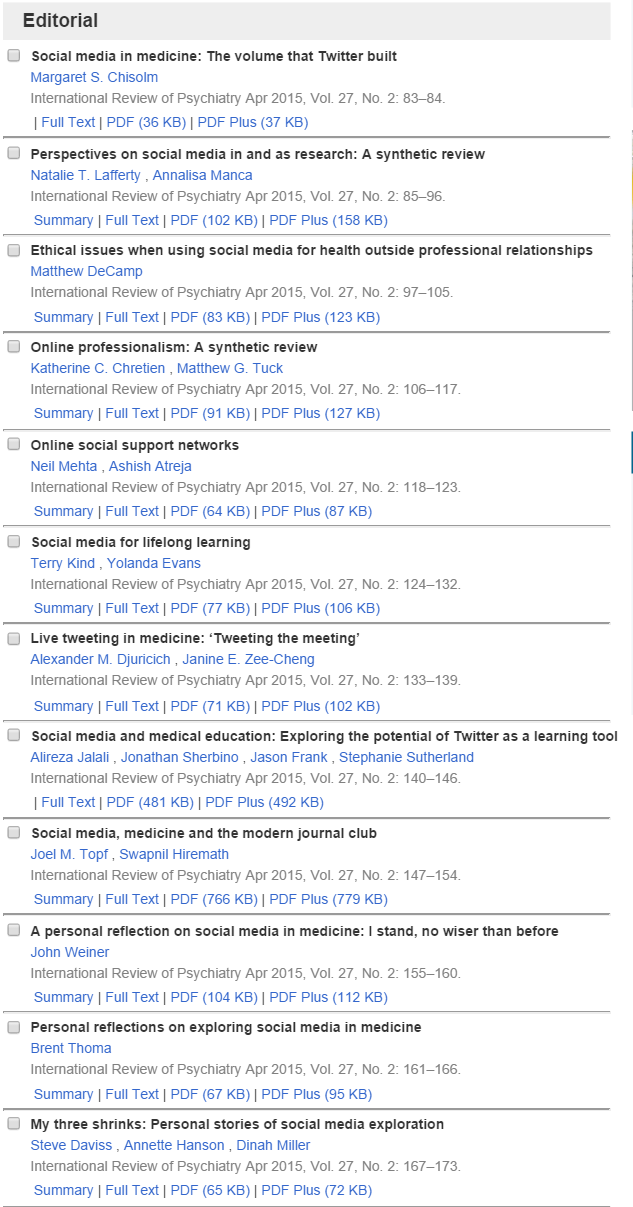Everyone who sees it gets a big smile on their face followed by, "Oh my gosh" or "How does this work?" Or "Wow!"
By leveraging the smartphone which already has a chip, accelerometer, GPS, hi-res display and app stores, Google has hit a home run almost like Chromecast. The price cannot hurt either.
So what can you do with it?
1. The Cardboard app has a some great use cases highlighted by the demo video. This is a great place to start.
2. VR reality apps like roller coaster experiences
3. The palace of Versailles is a great example of a virtual tour guide.
4. Collection of great photospheres in the updated Google Street View app I loved the Sagrada Familia and Machu Pichu.
5. The NY times app (NYT VR) with its great refugee camp story and the incredible Mini Cooper memories video.
6. Watch 360 degree videos on YouTube (Android only for now). You can find this on the #360 Video channel. The resolution of these videos is nowhere near the NYT app
7. The most crazy thing was seeing my own street in Google Streetview. It was almost like standing there on the street looking at my house but I was playing with this inside the house. The clash of RL and VR took my breath away for a second. The only thing that prevented it from being perfect was the Streetview was shot in the height of summer and right now it is the fall with almost no leaves left.
It was a great experience and it is just the start of the journey. Looking forward to some great applications of this technology except we will probably see a spate of 3D selfies.
















